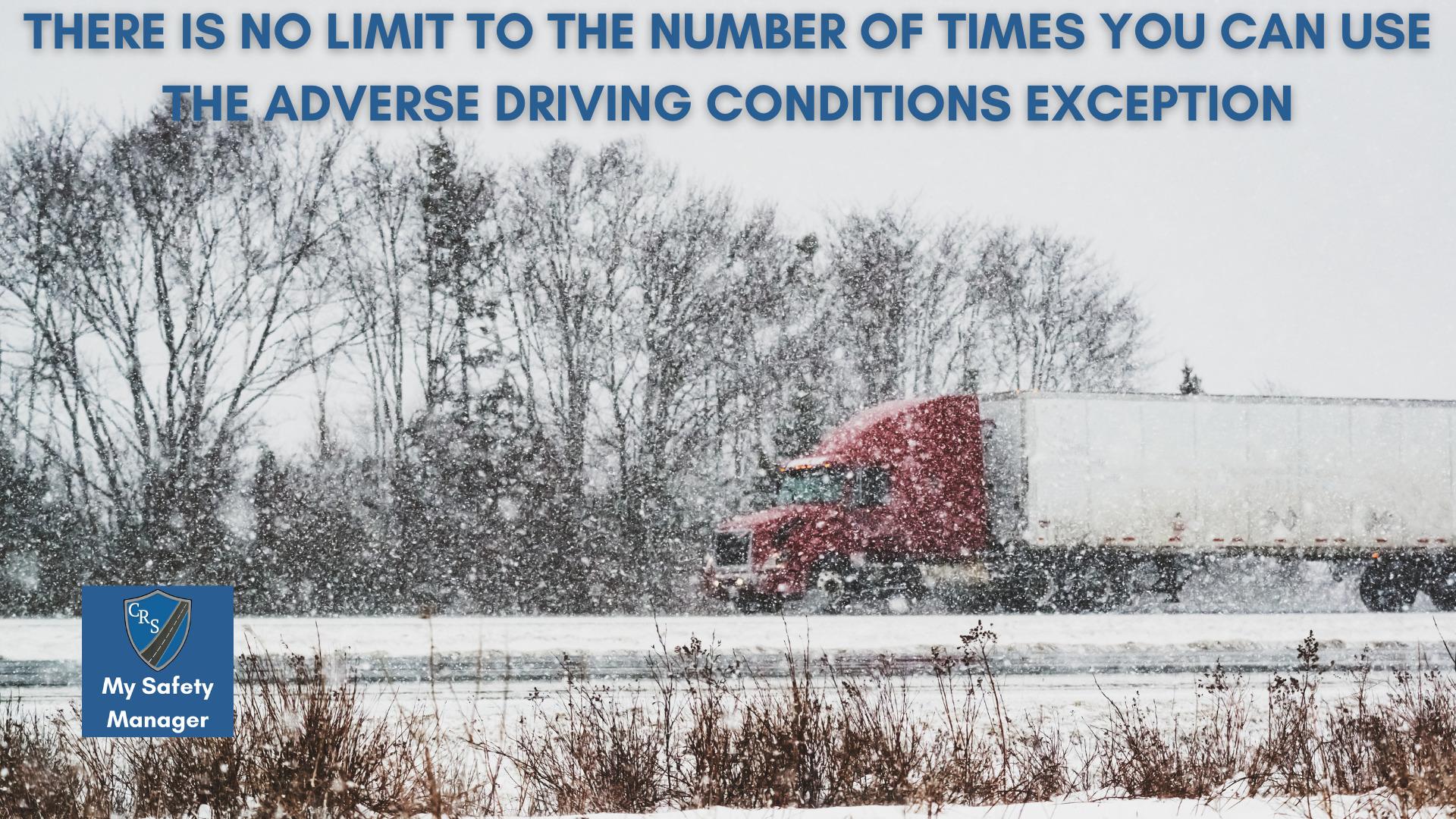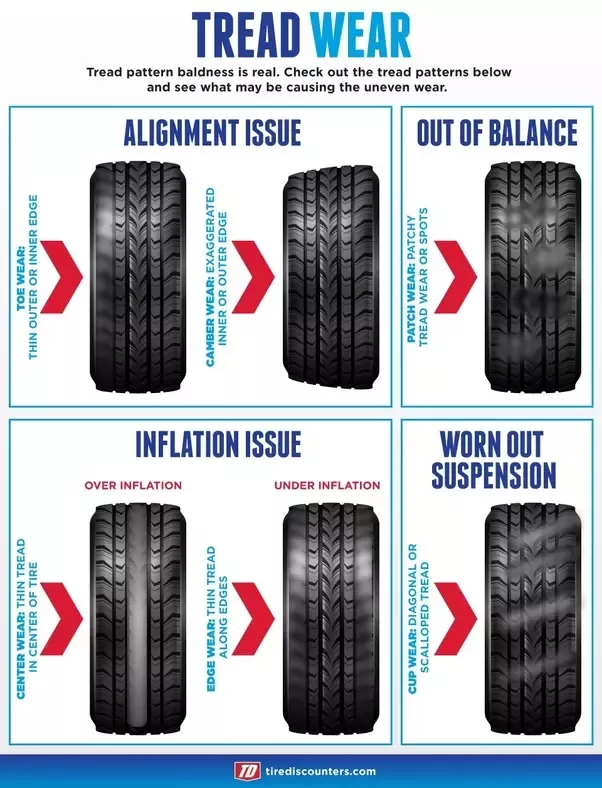
You can use the Adverse Driving Conditions Exception when facing hazardous weather or road conditions. It allows extended driving time.
Traveling in challenging weather or road conditions poses risks that can impact driving schedules. The Adverse Driving Conditions Exception is a useful tool that provides flexibility in such situations. By understanding when and how to use this exception, drivers can stay safe and compliant with regulations.
This exception is especially crucial for commercial drivers who face tight schedules and delivery deadlines. By knowing when to apply it appropriately, drivers can navigate challenging conditions without compromising safety or efficiency. This article explores the Adverse Driving Conditions Exception in detail, shedding light on its importance and practical applications for drivers.
Navigate As You Want: [show]
Definition Of Adverse Driving Conditions Exception
Adverse Driving Conditions Exception allows drivers to extend their driving hours beyond the standard limitations. This exception is applicable when encountering unforeseen circumstances, such as hazardous weather conditions or traffic delays. The relevant criteria for invoking this exception include experiencing unexpected adverse conditions during a trip. When drivers face extreme weather like snow, sleet, or fog, or encounter unforeseen road closures, they can utilize this exception. It is crucial to prioritize safety and use the adverse driving conditions exception responsibly to ensure road safety while extending driving hours. By understanding and adhering to the guidelines for using this exception, drivers can make informed and responsible decisions during challenging driving situations.

Credit: www.youtube.com
Criteria For Applying The Exception
The Adverse Driving Conditions Exception can be used when specific weather conditions impact visibility and traction.
Criteria for applying the exception involve meeting visibility and traction requirements set by the authorities.
Specific weather conditions include heavy rain, snow, fog, or ice that impairs road conditions.
Examples Of Adverse Driving Conditions
Adverse driving conditions can include snow, ice, fog, and heavy rain. The adverse driving conditions exception allows drivers to temporarily exceed the usual driving time limits.
| Heavy rain or snow |
| Drive cautiously during heavy rain or snow to avoid accidents. |
| Fog or mist |
| Reduced visibility in fog or mist requires slow and careful driving. |
| Icy or slippery roads |
| Exercise extreme caution on icy or slippery roads to prevent skidding. |

Credit: www.mysafetymanager.com
Benefits And Limitations Of The Exception
Adverse driving conditions exception allows drivers to extend their hours of service to ensure safety during harsh weather conditions. While it provides flexibility for drivers to reach their destinations, the exception also entails responsibilities for drivers to evaluate the safety of the road and their ability to continue driving. Safety considerations should always be the top priority, as adverse conditions can pose risks to the driver and other road users. However, it’s essential for drivers to be mindful of the limitations of this exception, ensuring they do not compromise road safety or regulatory compliance.
How To Utilize The Exception
When using the adverse driving conditions exception, it is important to follow certain steps. Firstly, it is crucial to notify your employer as soon as possible about the conditions that may prevent you from driving safely. Documenting the adverse conditions is also essential to provide evidence in case of any disputes. Make sure to clearly note down the date, time, and specific details related to the adverse conditions. Additionally, it is recommended to identify and follow alternative routes that may be safer to travel in such circumstances. This can include avoiding roads that are prone to flooding, icy conditions, or heavy traffic. By taking these steps, you can effectively utilize the adverse driving conditions exception and ensure your safety on the road.
Credit: helpcenter.gomotive.com
Frequently Asked Questions On When Can You Use Adverse Driving Conditions Exception
How Does The Adverse Driving Conditions Exception Impact Drivers?
The adverse driving conditions exception allows drivers to extend their driving time and distance limits to ensure their safety in hazardous weather or road conditions. This exception ensures that drivers have enough time to find a safe place to park and wait until conditions improve.
What Are Considered Adverse Driving Conditions?
Adverse driving conditions can include heavy rain, snow, fog, ice, high winds, or any other weather or road condition that makes driving hazardous. These conditions can reduce visibility, create slippery surfaces, or increase the risk of accidents. It is important for drivers to be aware of these conditions and take necessary precautions.
How Long Can You Use The Adverse Driving Conditions Exception?
The duration of the adverse driving conditions exception may vary depending on the specific circumstances. However, it is generally advisable to use the exception only for the time necessary to travel to a safe location or until the conditions improve.
Drivers should adhere to any additional regulations or guidelines set by their employers or regulatory authorities.
Conclusion
Understanding the adverse driving conditions exception is crucial for safe and compliant driving. By carefully considering weather and visibility factors, drivers can make informed decisions about their routes and driving practices. Stay informed and stay safe on the road by using the exception effectively.




